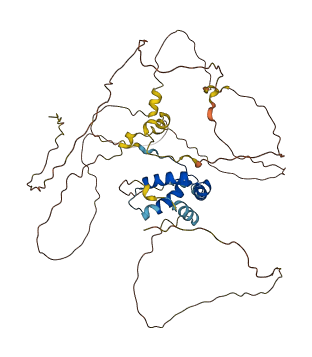| cartilage development |
The process whose specific outcome is the progression of a cartilage element over time, from its formation to the mature structure. Cartilage elements are skeletal elements that consist of connective tissue dominated by extracellular matrix containing collagen type II and large amounts of proteoglycan, particularly chondroitin sulfate. |
| chondrocyte differentiation |
The process in which a chondroblast acquires specialized structural and/or functional features of a chondrocyte. A chondrocyte is a polymorphic cell that forms cartilage. |
| gonadal mesoderm development |
The process whose specific outcome is the progression of the gonadal mesoderm over time, from its formation to the mature structure. The gonadal mesoderm is the middle layer of the three primary germ layers of the embryo which will go on to form the gonads of the organism. |
| growth plate cartilage chondrocyte growth |
The growth of a growth plate cartilage chondrocyte, where growth contributes to the progression of the chondrocyte over time from one condition to another. |
| heart development |
The process whose specific outcome is the progression of the heart over time, from its formation to the mature structure. The heart is a hollow, muscular organ, which, by contracting rhythmically, keeps up the circulation of the blood. |
| morphogenesis of an epithelium |
The process in which the anatomical structures of epithelia are generated and organized. An epithelium consists of closely packed cells arranged in one or more layers, that covers the outer surfaces of the body or lines any internal cavity or tube. |
| negative regulation of canonical Wnt signaling pathway |
Any process that decreases the rate, frequency, or extent of the Wnt signaling pathway through beta-catenin, the series of molecular signals initiated by binding of a Wnt protein to a frizzled family receptor on the surface of the target cell, followed by propagation of the signal via beta-catenin, and ending with a change in transcription of target genes. |
| negative regulation of fatty acid oxidation |
Any process that stops, prevents, or reduces the frequency, rate or extent of fatty acid oxidation. |
| negative regulation of osteoblast differentiation |
Any process that stops, prevents, or reduces the frequency, rate or extent of osteoblast differentiation. |
| negative regulation of transcription by RNA polymerase II |
Any process that stops, prevents, or reduces the frequency, rate or extent of transcription mediated by RNA polymerase II. |
| neural crest formation |
The formation of the specialized region of ectoderm between the neural ectoderm (neural plate) and non-neural ectoderm. The neural crest gives rise to the neural crest cells that migrate away from this region as neural tube formation procedes. |
| oligodendrocyte differentiation |
The process in which a relatively unspecialized cell acquires the specialized features of an oligodendrocyte. An oligodendrocyte is a type of glial cell involved in myelinating the axons of neurons in the central nervous system. |
| otic placode formation |
The initial developmental process that will lead to the formation of the vertebrate inner ear. The otic placode forms as a thickening of the head ectoderm adjacent to the developing hindbrain. |
| positive regulation of chondrocyte differentiation |
Any process that activates or increases the frequency, rate or extent of chondrocyte differentiation. |
| positive regulation of DNA-templated transcription |
Any process that activates or increases the frequency, rate or extent of cellular DNA-templated transcription. |
| positive regulation of transcription by RNA polymerase II |
Any process that activates or increases the frequency, rate or extent of transcription from an RNA polymerase II promoter. |
| regulation of transcription by RNA polymerase II |
Any process that modulates the frequency, rate or extent of transcription mediated by RNA polymerase II. |
| response to fatty acid |
Any process that results in a change in state or activity of a cell or an organism (in terms of movement, secretion, enzyme production, gene expression, etc.) as a result of a fatty acid stimulus. |


